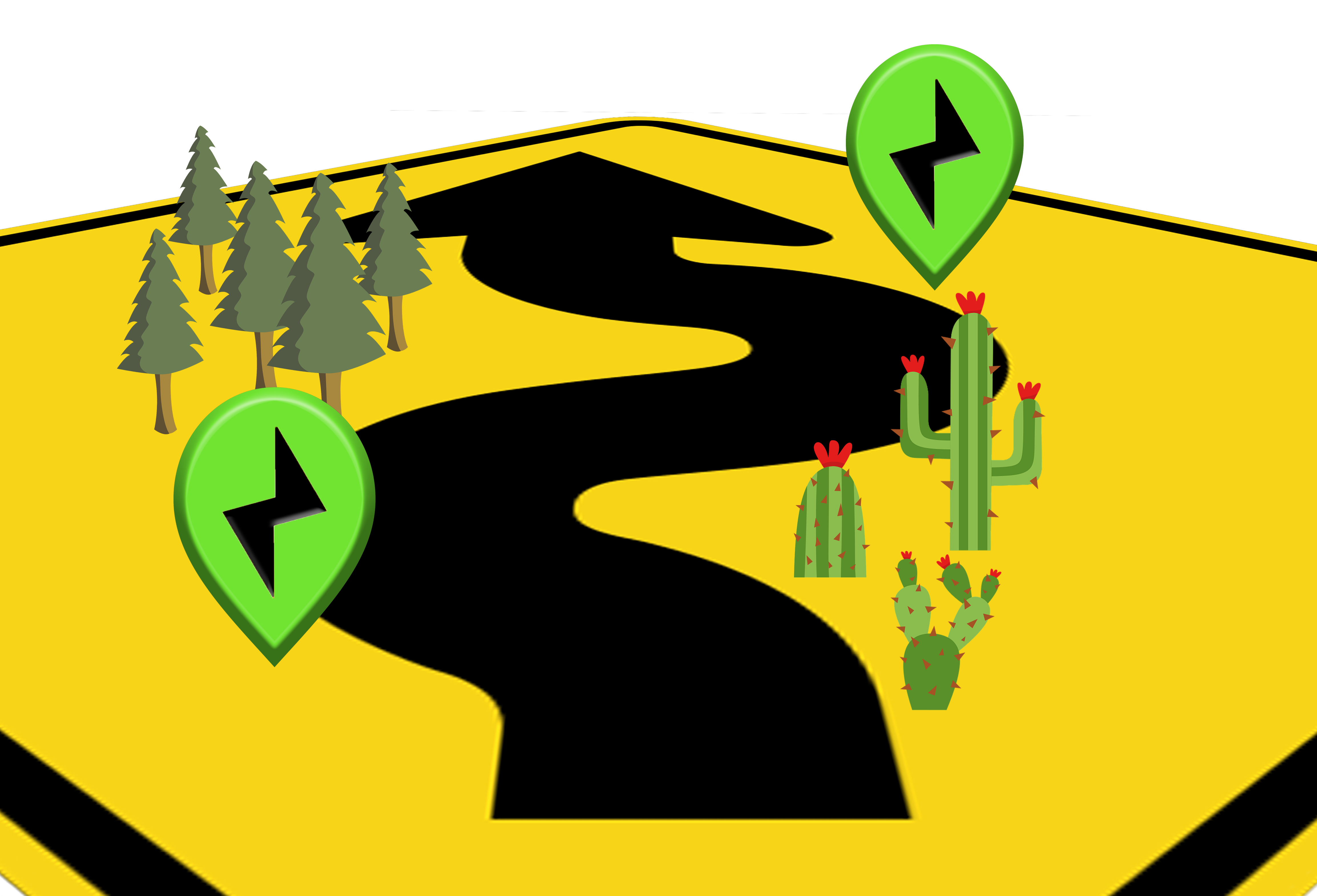
When cars were new, drivers worked with rural communities and their small businesses to establish “auto trails”. Trails were often little more than a passable dirt path between the cities, and drivers had to stop at local pharmacies to buy gasoline. Later, states and then the federal government worked to improve those trails into gravel and paved highways.
At their peak, highways like Route 66 and Route 80 became the main streets of America, and everyone involved was a winner. Small towns got a steady stream of visitors who would eat at restaurants, stay at inns and hotels, and visit local tourist attractions. Drivers got reliable, safe roads to travel between the cities, and could have a lot of fun along the way.
Sadly, things changed for many small towns when the interstate highways and other big roads were put in. Businesses in some towns had their main customer bases taken away almost overnight. Drivers focused more on making good time than having a good time, and much of the joy of the journey was lost.
Today, near the beginning of the EV age, we have an opportunity to get the fun times and the strong rural economy back. More Americans than ever are venturing out of the cities and suburbs to have a good time again. Small towns are seeing not only a boost of tourism in recent years, but many people are taking advantage of remote work and other new opportunities to move out of the city for good.
But, in many places, the only reasonable way to really get out there is with gas and diesel.

The rise of EVs is starting to clash with this trend, because EVs have a tough time getting away from the interstates. You can technically get an EV almost anywhere just by plugging it in at an RV park or even using a wall plug, but that kind of charging is too slow for most drivers. So, more rural fast charging stations are needed.
Governments are putting the buildout of charging stations along the interstates first. Mega-corporations are making deals with each other to do the same, putting more money where the money already is. Worse, if local businesses wait for government and big money to put stations in their towns, they’ll become just another straw sucking hard-earned money into the city.
The bottom line: rural communities and backroads are getting neglected again, and it could get a lot worse in the coming years. But, this is a problem we can solve!
